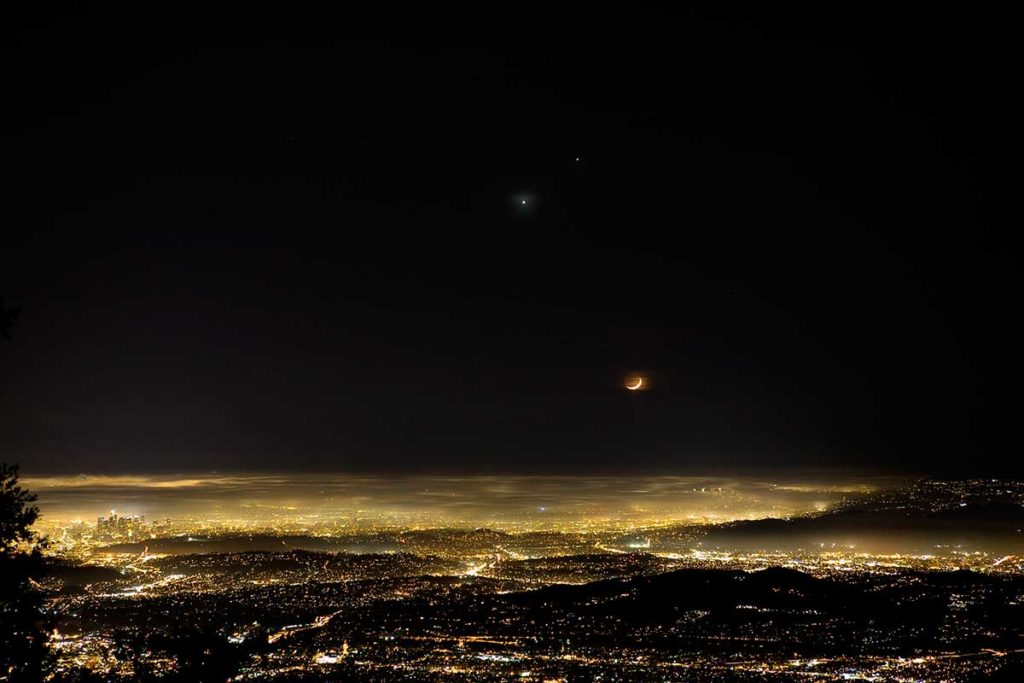
Look to the heavens on a cloudless, moon-free night: That expanse of stars has sparked the biggest thoughts the human brain can think. How strange to learn that, in galactic terms, we see only over our backyard fence.
Paul Wicker ’62 is a member of the Los Angeles Astronomical Society. He visits nearby schools playing the part of Galileo to help teach children about science. An amateur astronomer, Wicker studies the heavens at nearby Mount Wilson Observatory. (Physics, he recalls, was the only course he flunked as a Loyola undergraduate, an irony he enjoys.) Even as a student, stars intrigued Wicker. “At the age of 19,” he remembers, “I went out to the desert and looked up at the sky and thought, ‘God, where did that all come from?’ ”
Galileo Galilei tried to answer similar questions. Though he faced a great member of the Society of Jesus as his antagonist — Cardinal Robert Bellarmine, S.J., now saint and doctor of the Church — it wasn’t because the Jesuits regarded reason as the enemy. Their scientific heritage, particularly in astronomy, goes back centuries and flourished even then. Today, some 40 Moon craters are named for Jesuit scientists.
This past September, Nature magazine reported that the Milky Way is part of a galaxy supercluster named Laniakea (“immeasurable heaven,” in Hawaiian) that encompasses 100,000 galaxies. It may contain 100 million billion stars. It’s tempting to wonder how many planets. But why bother? How can we imagine so many?
How difficult it is for the human mind, even with reason and rationality, to grasp what is observable. For some of us — for me, at any rate — it’s just as difficult to imagine the God that could have created what is so unfathomable. How can one envision a God who must be far more expansive than the universe itself?
Zily Burstein ’14 is a graduate student in physics at the University of Chicago. “We can’t go into physics or religion without questions,” she says. “You have to be open to doubt and uncertainty in both fields. When I see how elegant and beautiful things are, it helps my faith.”
Some say that God reveals to us each December what we can understand: one bright light, that famous star, and one small baby.
Joseph Wakelee-Lynch is editor LMU Magazine. He is also host of “Off Press,” the podcast of LMU Magazine. You can find other writings of his at his Editor’s Blog. Follow him on Twitter @jwlmageditor.
